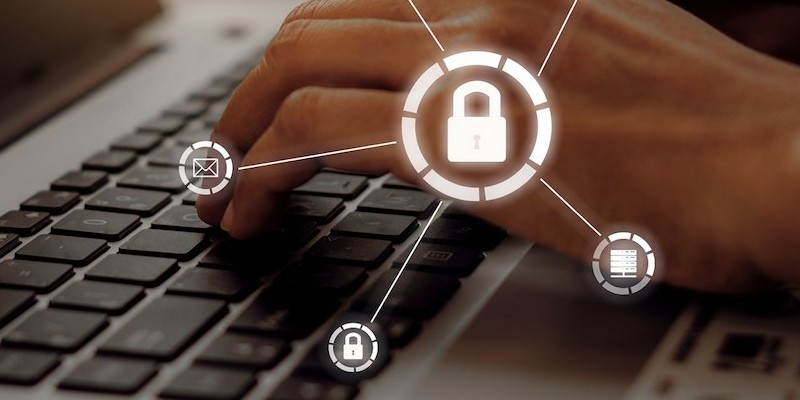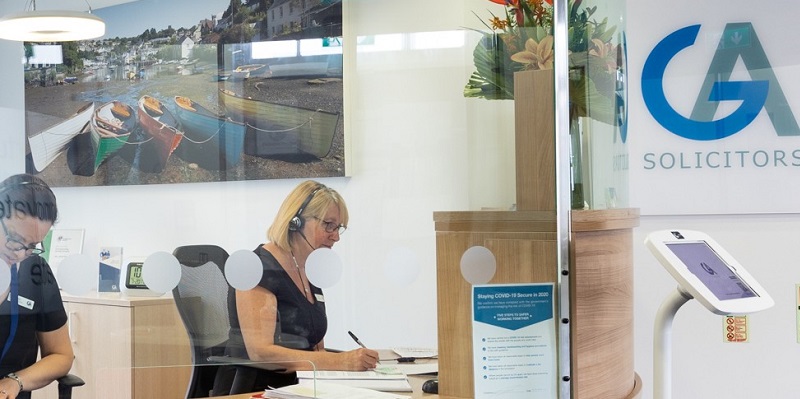
How to Meet When You Can’t Actually Meet
As office professionals begin to settle into their unexpected work from home routines, one typical workplace element persists: meetings.
Even in the best of times, meetings are frequently a sore point for many employees, whether it’s the sheer volume or the perception of ineffectiveness. Poorly-run meetings are a challenge for companies too: research shows they’re a substantial cost to employers as measured by “lower levels of market share, innovation, and employment stability.”
Now employees are grappling with added complexity as they attempt to carry on: navigating an unfamiliar work setup against the backdrop of an uncertain and stressful external environment. However, there are simple, common-sense ways for virtual workforces to ramp up quickly in their new dynamic and run effective meetings, says Nick Meehan, user experience expert at Xerox PARC.
Be clear on who’s in charge and act accordingly.
Clarify who’s running the meeting ahead of time – it’s important for accountability.
The person who sends out the meeting invite isn’t the de facto host, notes Meehan wryly. “They might think they are but it’s not always the case.” Participants need to know who’s running the show.
“The host of the meeting is the conductor,” says Meehan. “They’re responsible for making sure the meeting has a clear objective, that the participants stay on track, and everyone feels able to contribute.”
The host can set the tone early by sharing an advance agenda to establish the meeting’s intended outcomes and help participants prepare. “Most people don’t do this,” he observes. “But even a quick outline virtually guarantees a more successful meeting.” As an added bonus, the early look at the agenda underscores who’s in charge.
Make note-taking and action items a collective responsibility.
Virtual meetings are tailor-made for team note-taking. Tools like Microsoft OneNote, Google Docs or Sheets, etc., are perfect for collaboration of this type. “Use the agenda you sent out and have it on the screen as you go,” says Meehan. “Participants can edit in real time. Working together in that way creates more alignment upfront.”
Similarly, Trello and Asana are excellent tools for capturing and assigning action items as they come up. “When you make this part of how you run your meetings, you eliminate a major after-action pain point where action items might be assigned in a way that feels unilateral or top down,” Meehan notes. “Deciding during the actual discussion feels more democratic.”
Meehan also points out that not everyone has the same learning style or preferences – and some may find note-taking hinders their ability to fully focus and participate in the discussion. Most video tools have recording capability and for those participants who are more auditory learners, this can be a better option. Just make sure to ask people upfront if they have an objection to recording the meeting.
Short and sweet is always better.
Attention span can be a challenge in a typical workday. But according to Meehan, participants’ ability to focus and contribute consistently is even shorter in virtual meetings.
“Keep it to a tight thirty minutes or 45 at the outside,” he says. “In fact, you can make it easy on yourself by changing your Outlook settings so meetings are scheduled in thirty-minute increments instead of the default hour.” That simple tweak can help meeting organizers take a moment to consider if a full hour is really required.
Meehan also advocates ending meetings early if and when possible. “Everyone will thank you,” he says.
Don’t get hung up about being on camera.
Onscreen meetings are convenient but they also offer a glimpse of colleagues’ personal lives. It’s often a non-issue but for those employees who are more private or whose bedrooms double as home offices, such visibility may feel unwelcome or intrusive.
“It’s okay if some people don’t want to turn on their cameras,” says Meehan. “In an ideal world, everyone would be on the screen but if not, make sure to have something else on the screen that’s real-time, like the notes you’re taking.” This gives participants a reason to focus their attention where it belongs, instead of furtively checking their email.
What are your best practices for running effective virtual meetings?

Xerox’s Ongoing Response to COVID-19
We want to share some of the actions we have taken to keep the entire Xerox community safe while minimizing impact to our operations and yours amid this public emergency.

Our Commitment to You During the COVID-19 Crisis
Helping our clients achieve their business objectives is our highest priority.
Related Articles

Cybersecurity Readiness Guide for Small and Medium Businesses
Discover how to stop hackers in their tracks. Protect your business from rising threats with Xerox's comprehensive guide. Learn essential steps to safeguard your organization, secure employee credentials, and prioritize critical data.

PharmaJet Brings Needle-Free Vaccine Injections to the World, with an Assist from Xerox
The Denver-based company partnered with Xerox to overhaul its IT systems, allowing them to seamlessly transition to Work From Anywhere at just the right time.

Healthcare Solutions for Xerox Workplace Cloud
Xerox® Workplace Solutions ensures secure MFP access and pull printing for healthcare, protecting patient data and ensuring compliance. Print securely from any device with single sign-on and event logging.

Re-imagining the workplace at GA Solicitors
Smart working from home solutions and Digital Sign-In system enables flexible working.

5 Cybersecurity Readiness Questions For Businesses
Learn the top 5 questions around cybersecurity for small businesses and discover if you are ready to combat this growing cyber threat and how Xerox can help.

Cybersecurity Essentials
Learn how to protect your business from cybercrime. See how Xerox's guide can help improve your security with essential steps like testing passwords, examining firewalls, and analyzing employee behavior.





